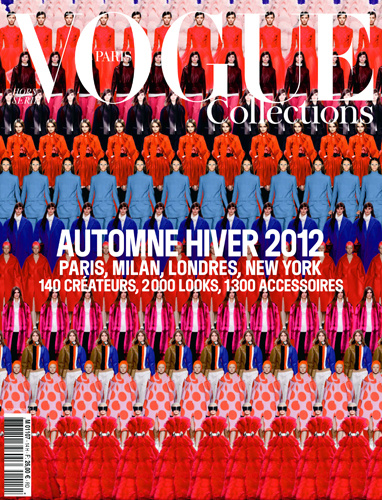In Europe, the Spring/Summer shows start in June and run strong into July. Ordering starts at the same time. Most European designers close their Spring-Summer order book in September or October.
Things happen a bit later in the US. The first big SS shows don’t get going until late August. Fashion Week in New York takes place in September, and West Coast and other regional shows are still running well into October.
A few key dates and cities in Europe and the US illustrate how the US season follows Europe:
Spring/Summer ’13 Fashion Weeks and Main Shows
Paris – June 27-July 3
Berlin – July 3-8
Las Vegas – Aug 20-22
New York – Sep 13-20
Los Angeles – Oct 12-19
For the European designer entering the US this difference in scheduling presents both opportunities and challenges. If the designer can hold their order book open into autumn, new orders can keep coming from the US. Of course, this means properly planning the manufacturing and delivery schedule. But it’s not unusual for some US buyers to place their SS orders in late October — or even later – as close to the retail season as possible! These later orders can be significant so if you can be flexible, you may grab some important sales as a result.
Fashion Calendar – Deliveries
In general, when entering a new market, it’s important to know the “rules of the game” to be successful. Each market has its particularities. To make sure you’re spending your marketing budget as wisely as possible, and that your messages are relevant to the buyers here, you want to make sure your production planning and timing synch up with the market.
Gone are the days of two seasonal deliveries per year. High-end designer houses introduce four collections per year, at least. The introduction of more collections enables them to provide new, full-price merchandise in store at a time when the ‘past season’ mainline collection is discounted in the sales, and prior to the new season mainline deliveries that will start again after the sales in August and January.
In recent years there is a tendency for some retailers to have new items sell on a continuing basis rather than for specific selling seasons. Pre-Collections and Resort Collections are the seasons where buyers are now placing the majority of their budgets. The reason for this is because Pre-Collections give opportunity to customers to wear clothes the day they bought them. These collections tend to be more inter-seasonal and can be worn in different climates.
As emerging designers, you might consider starting with two seasonal deliveries when you enter the US market. But as soon as you are clear who your customer is and what the core of your collection should be for the US market, consider expanding your offering and moving to a four season calendar.




About The Author: BridgeShowroom
Ken Nachbar is a co-founder and partner in Bridge Showroom. Ken loves working with designers, helping them open new doors, find new customers, and grow their businesses. With bachelor's degree in economics and an MBA from the University of Michigan, Ken combines 25 years of management skill and experience with his passion for fashion.
More posts by BridgeShowroom